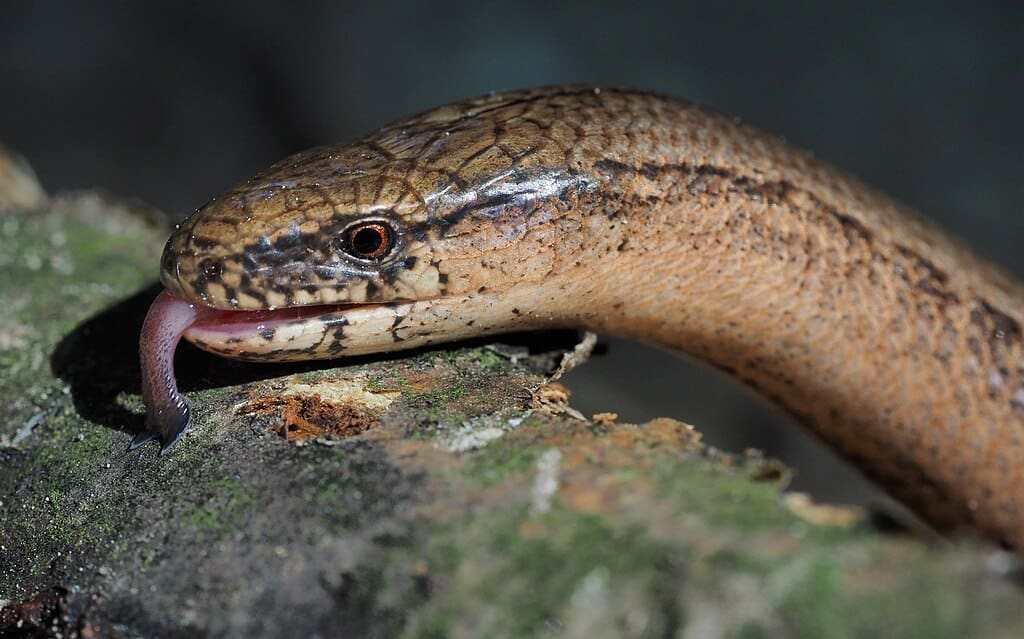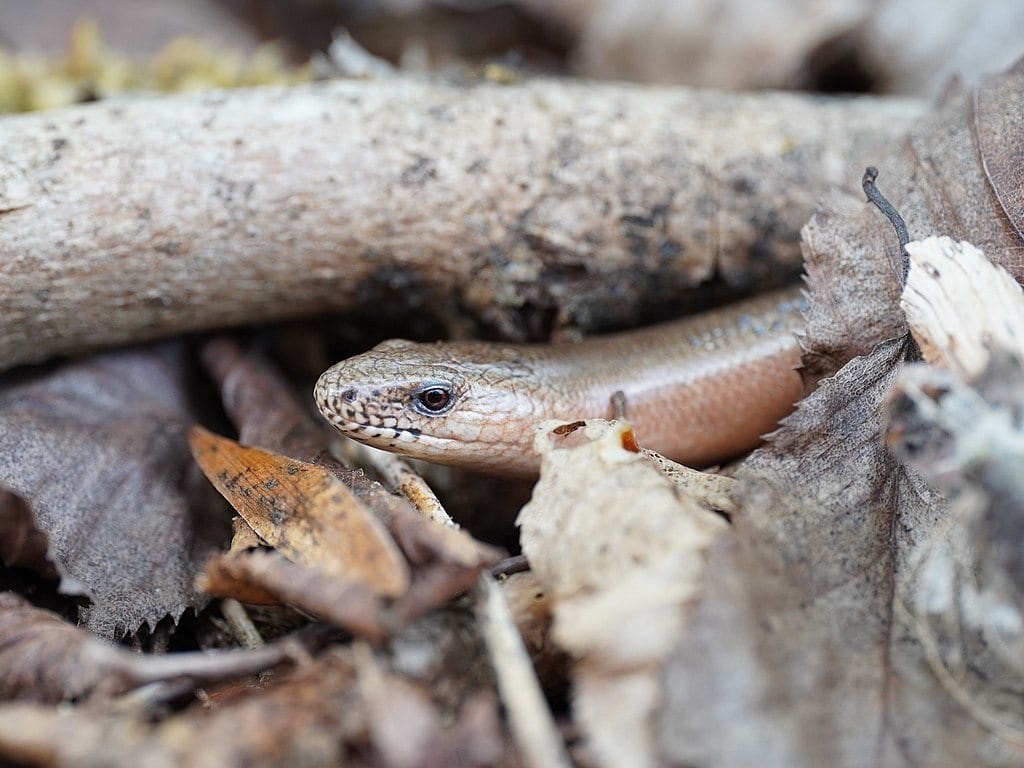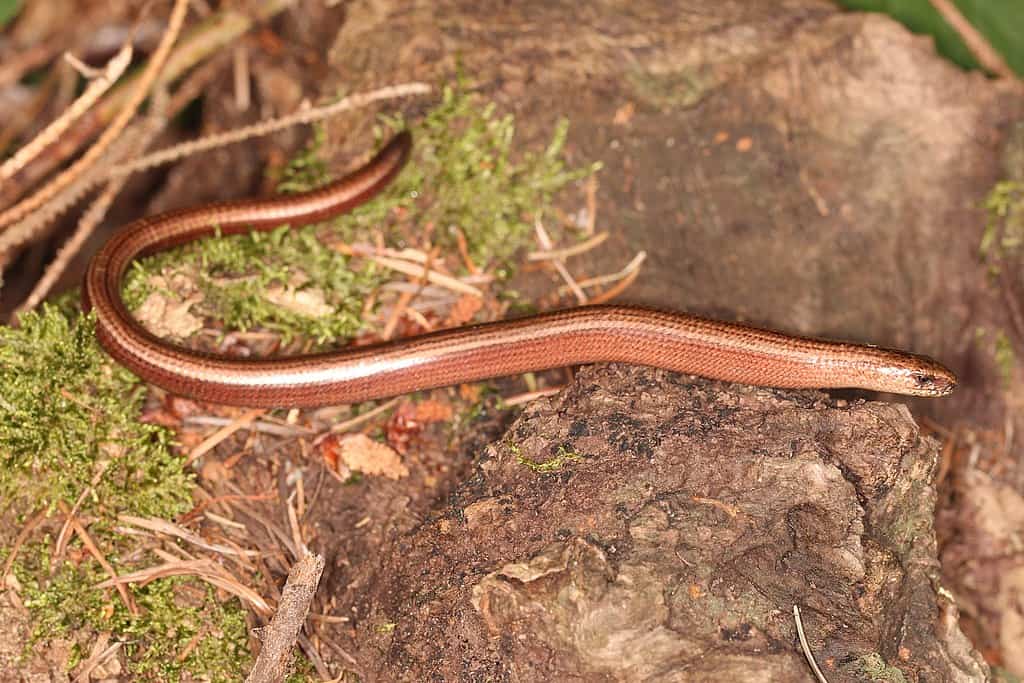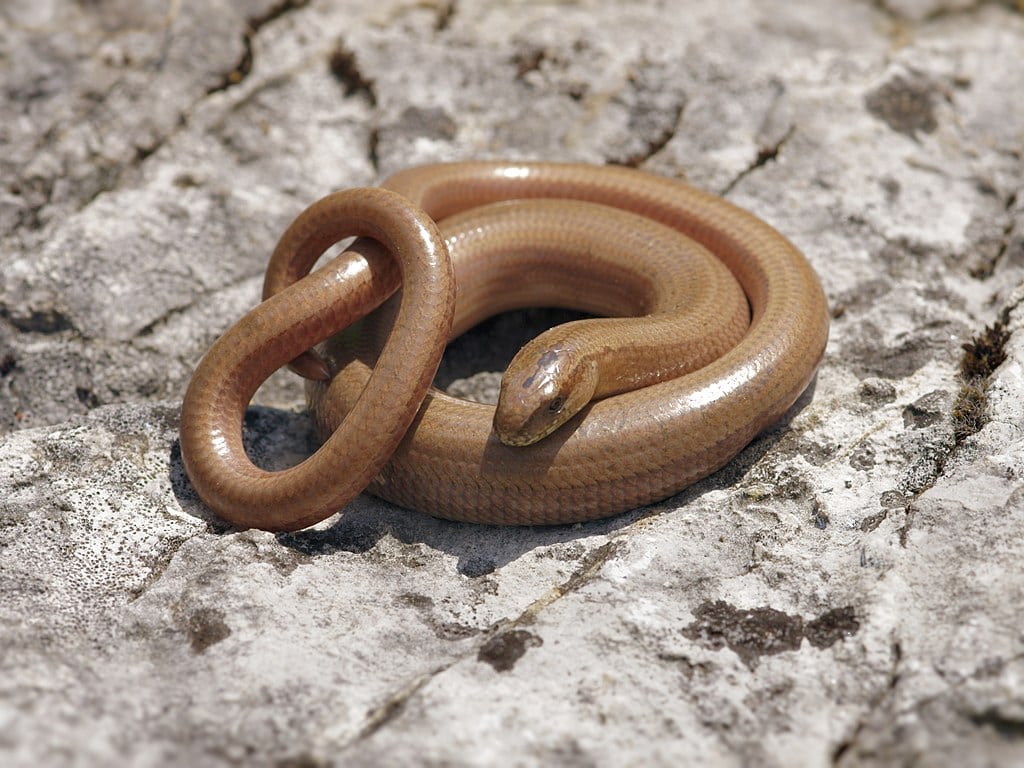At first glance, the slow worm might cause a double-take. Despite its serpentine appearance, this intriguing creature is not a snake, but rather a legless lizard. Widely distributed across Europe and parts of Asia, the slow worm is a fascinating member of the animal kingdom that often blurs the lines between lizards and snakes. In this article, we will delve into the world of the slow worm, exploring why it is classified as a lizard and not a snake, despite its misleading appearance.
Physical Characteristics: More Than Meets the Eye

The slow worm (Anguis fragilis) is often mistaken for a small snake due to its elongated, limbless body. This resemblance can lead to confusion for those not familiar with reptilian biology. However, certain physical characteristics set the slow worm apart from snakes. One of the most notable differences is the presence of eyelids. Unlike snakes, which have a protective transparent scale covering their eyes, slow worms have movable eyelids, allowing them to blink. Additionally, slow worms possess external ear openings, which are absent in snakes.
Furthermore, the structure of a slow worm’s jaw differentiates it from that of a snake. Snakes have highly flexible jaws that enable them to consume prey larger than their head. Slow worms, on the other hand, have a more rigid jaw structure common to other lizards, limiting the size of prey they can consume.
Behavioral Differences and Habits

Beyond physical attributes, the behavior and habits of slow worms also highlight their classification as lizards. Slow worms tend to be more secretive compared to many snake species, often hiding under rocks, logs, or in leaf litter. They are generally less active above ground and prefer a life primarily of concealment, emerging only to bask in the sun or seek prey.
The diet of slow worms also reflects typical lizard behavior. They primarily feed on small invertebrates, such as slugs, worms, and insects. Their feeding habits are facilitated by a less flexible jaw, suitable for crushing and consuming smaller, softer prey than what many snakes might tackle.
Regeneration: A Lizard’s Trait

Another remarkable feature that distinguishes slow worms from snakes is their ability to shed and regrow their tails. This autotomy, or self-amputation, is a defensive mechanism common among lizards but absent in snakes. If threatened by a predator, a slow worm can detach a part of its tail, allowing it to escape while leaving the detached piece wriggling to distract the attacker. Over time, the slow worm can regenerate the lost section of its tail, although it often looks different in color and texture from the original.
Molecular and Genetic Evidence

Modern molecular biology provides further evidence supporting the classification of slow worms as lizards. Genetic studies have shown that slow worms share a closer heritage with other lizards within the Anguidae family, rather than with serpent species. Genetic sequences reveal evolutionary divergences that contribute to the anatomical and behavioral characteristics observed in slow worms today.
Conclusion: Appreciating a Unique Creature

The slow worm exemplifies the diversity and complexity within the reptile class. While its lack of limbs might prompt initial misclassification as a snake, a closer examination reveals the many traits that align it with its lizard relatives. Movable eyelids, a unique jaw structure, the ability to regenerate its tail, and genetic evidence all underscore its rightful place in the lizard family. Understanding these differences not only enriches our knowledge of reptilian biology but also enhances our appreciation for the slow worm’s unique adaptations to its environment. Next time you see a slow worm, look beyond its snake-like form and recognize the distinctive characteristics that truly define this fascinating creature.
- 10 Most Endangered Birds in the U.S. and Where to Find Them - August 9, 2025
- 15 Tips for Managing Spider Infestations During Storm Season - August 8, 2025
- How Superstorms Have Reshaped Coastlines Over Time - August 8, 2025

